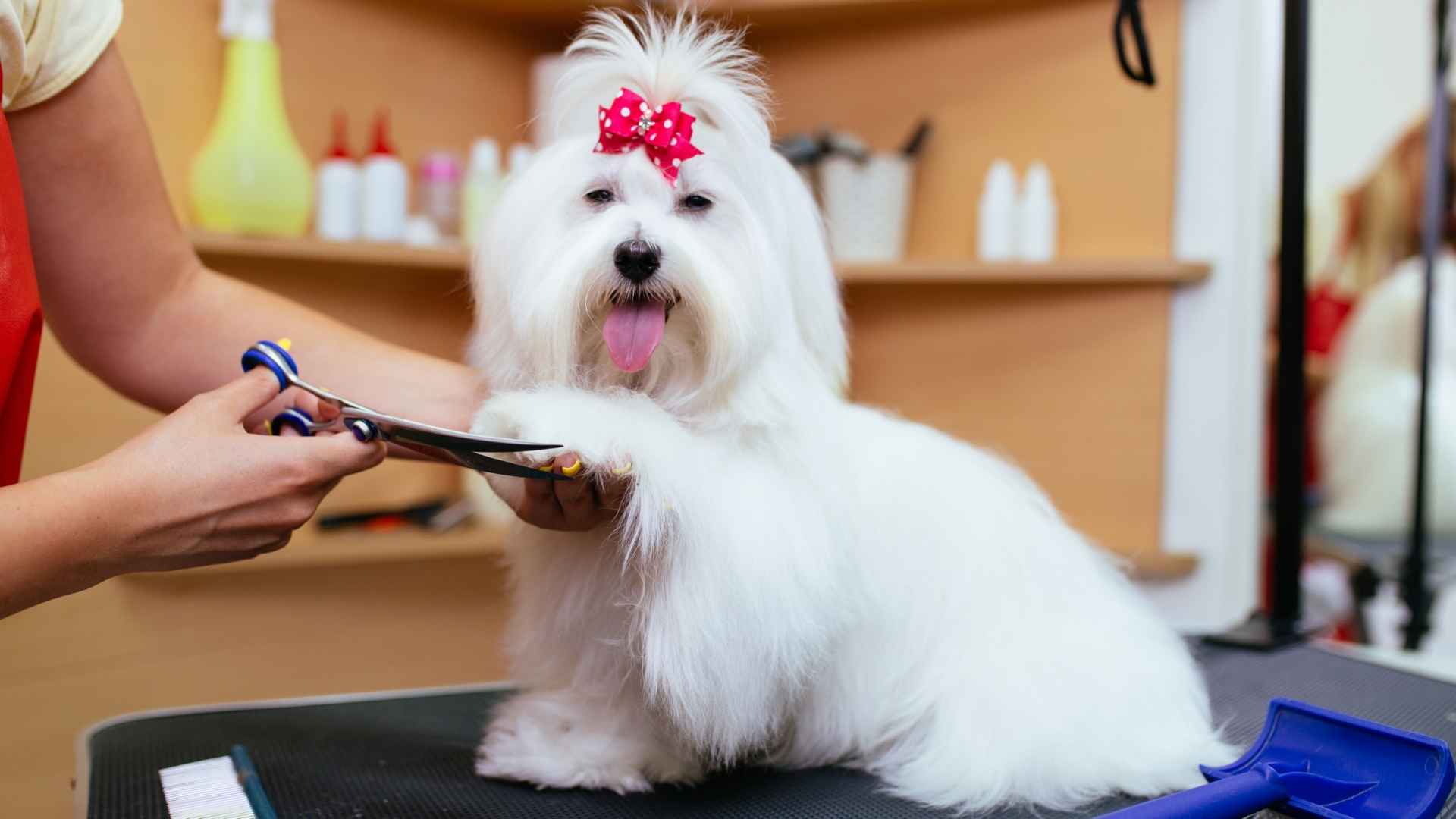Got a dog that sheds like it’s their full-time job? Or one that needs more spa days than you do? Welcome to the world of frequent coat care dog breeds—those adorable fluffballs that come with a built-in grooming schedule.
These pups don’t just wake up looking runway-ready. Their coats need consistent brushing, trimming, and sometimes even a little detangling drama. Sounds like a lot? Maybe. But it’s all worth it when your dog turns heads at the park like a four-legged fashion icon.
Why do some dogs need so much coat care, anyway? It’s not just about looking pretty. Regular grooming keeps their skin healthy, reduces shedding, and prevents those annoying mats that can turn into real problems.
If you’re all about bonding time and don’t mind a little fur flying during brush sessions, these high-maintenance cuties might just be your perfect match. Ready to meet the fluffiest divas in the dog world? Let’s dive in.
Frequent Coat Care Dog Breeds
1. Afghan Hound
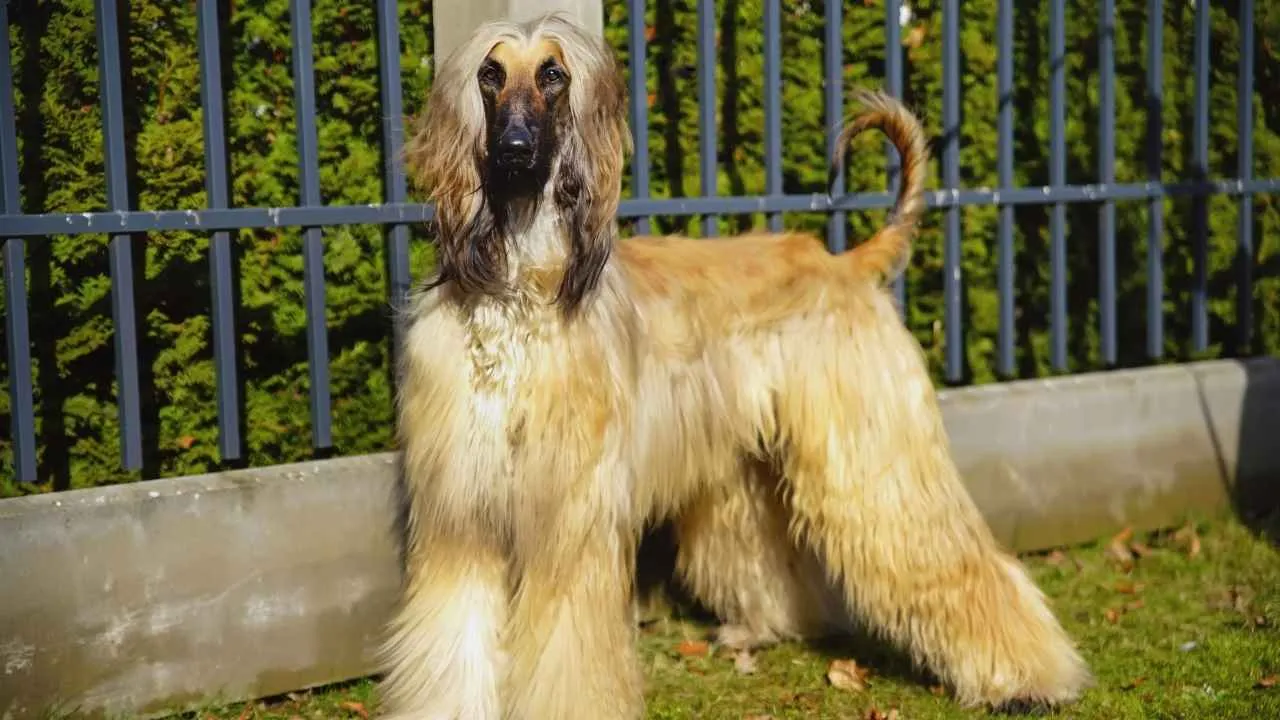
Afghan Hound is a dog that looks like it just walked off a runway, dripping in silky glamour from head to toe. But that flawless coat doesn’t take care of itself. You’re looking at brushing sessions several times a week, minimum. Miss a few, and you’ll be wrestling with tangles the size of small rodents.
Their coat isn’t just for show—it served a real purpose back in the day. These hounds used to hunt in the cold mountains of Afghanistan, and that luxurious hair was their armor. Today? It’s more of a commitment, but still just as impressive.
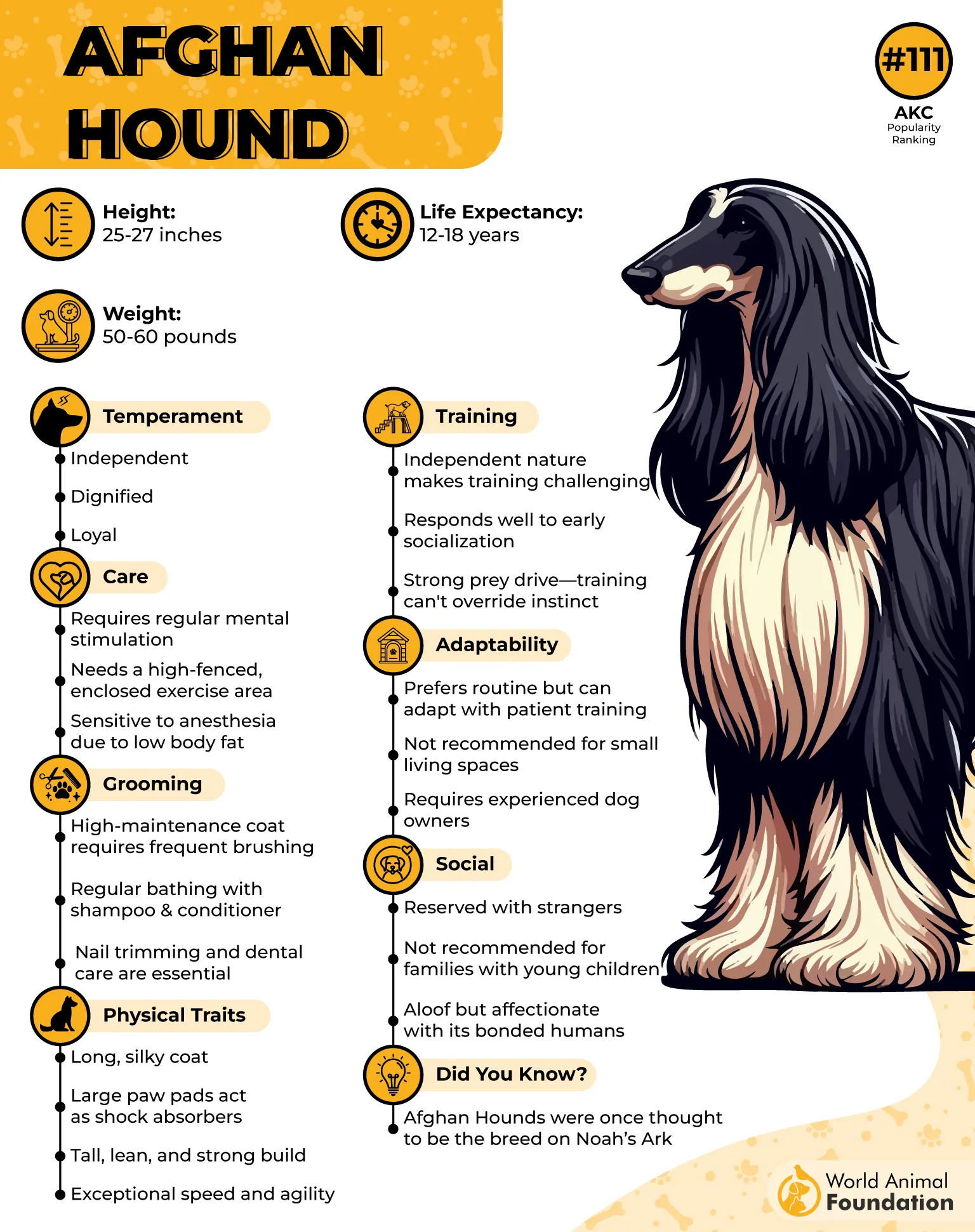
Brushing them isn’t a quick 5-minute job. You’ll need time and patience (and probably a podcast or two playing in the background). Their fine, long hair mats easily, especially behind the ears, under the legs, and around the tail—those sneaky spots that love to trap fur.
Bathing? Oh, it’s a full event. Think more spa day than splash-and-dash. These hounds need proper shampoo, conditioner, and a careful blow-dry—no air drying allowed unless you want dreadlocks. Ever tried drying 60+ pounds of flowing hair? It’s cardio.
You might be wondering—are they worth all that effort? For many owners, the answer is a loud yes. Beyond their jaw-dropping looks, Afghan Hounds are surprisingly cat-like: independent, graceful, and a little aloof, says VCA. But when they bond with you? It’s pure magic. Just be ready to earn their trust—and brush their mane like a pro.
Fun Fact: Afghan Hounds are one of the oldest dog breeds in existence, dating back thousands of years. Talk about timeless beauty with high-maintenance vibes!
2. Komondor
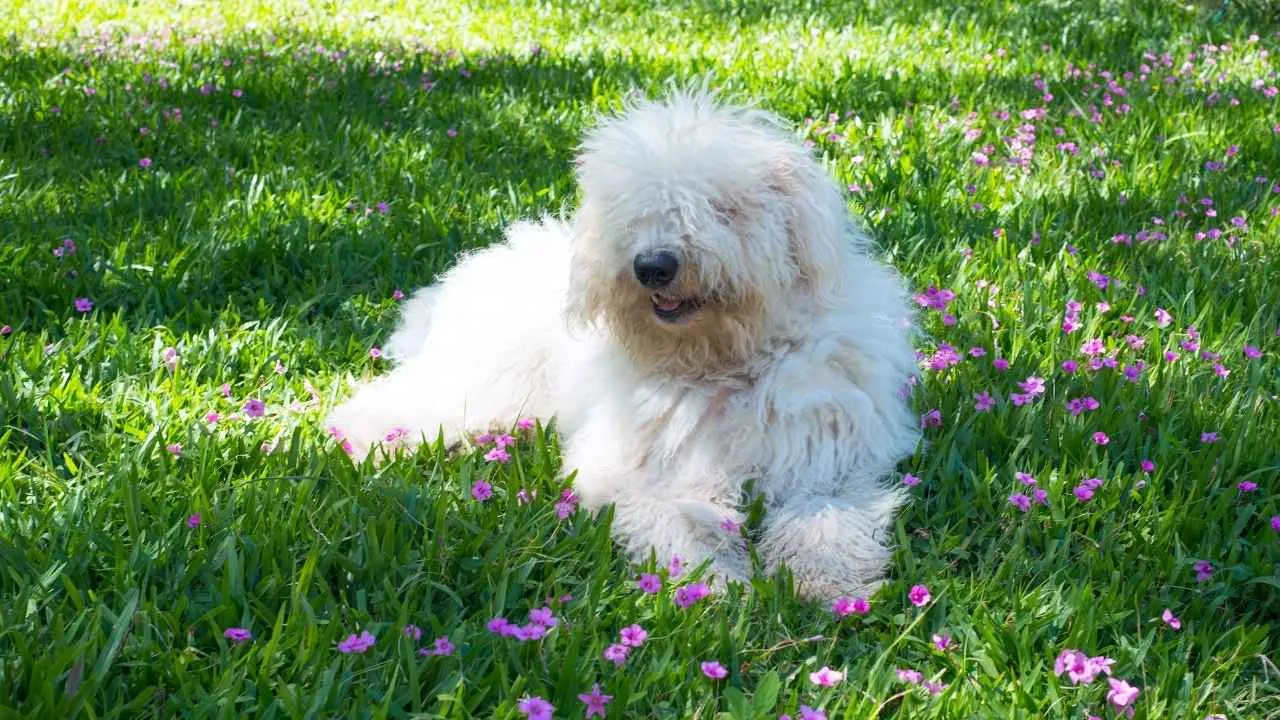
Ever seen a walking mop with eyes? Meet the Komondor—famous for its dreadlock-like cords that make it look straight out of a medieval fairytale. But those cords? They don’t just happen. They form naturally over time but need your help to shape, separate, and maintain. Otherwise, things get… messy.
Originally bred to guard livestock in Hungary, their unique coat was built for function. Those cords protect against extreme weather and even predator bites. Pretty hardcore, right? But in your living room, it means constant coat care, especially during the cord-forming phase.
And let’s talk drying. After a bath, Komondors can take HOURS to dry. Like, seriously—some owners use fans, towels, even dehumidifiers to speed things up. Unlike long silky-coated breeds, you won’t be brushing a Komondor, but that doesn’t mean you’re off the hook. Debris, dirt, and outdoor surprises love to hide in those cords.
Think a corded coat means low shedding? Not exactly. While they don’t shed like certain breeds, hair still gets trapped in the cords. And if you skip care, the smell can get funky. Real talk: a damp Komondor can smell like a wet sheep. No joke.
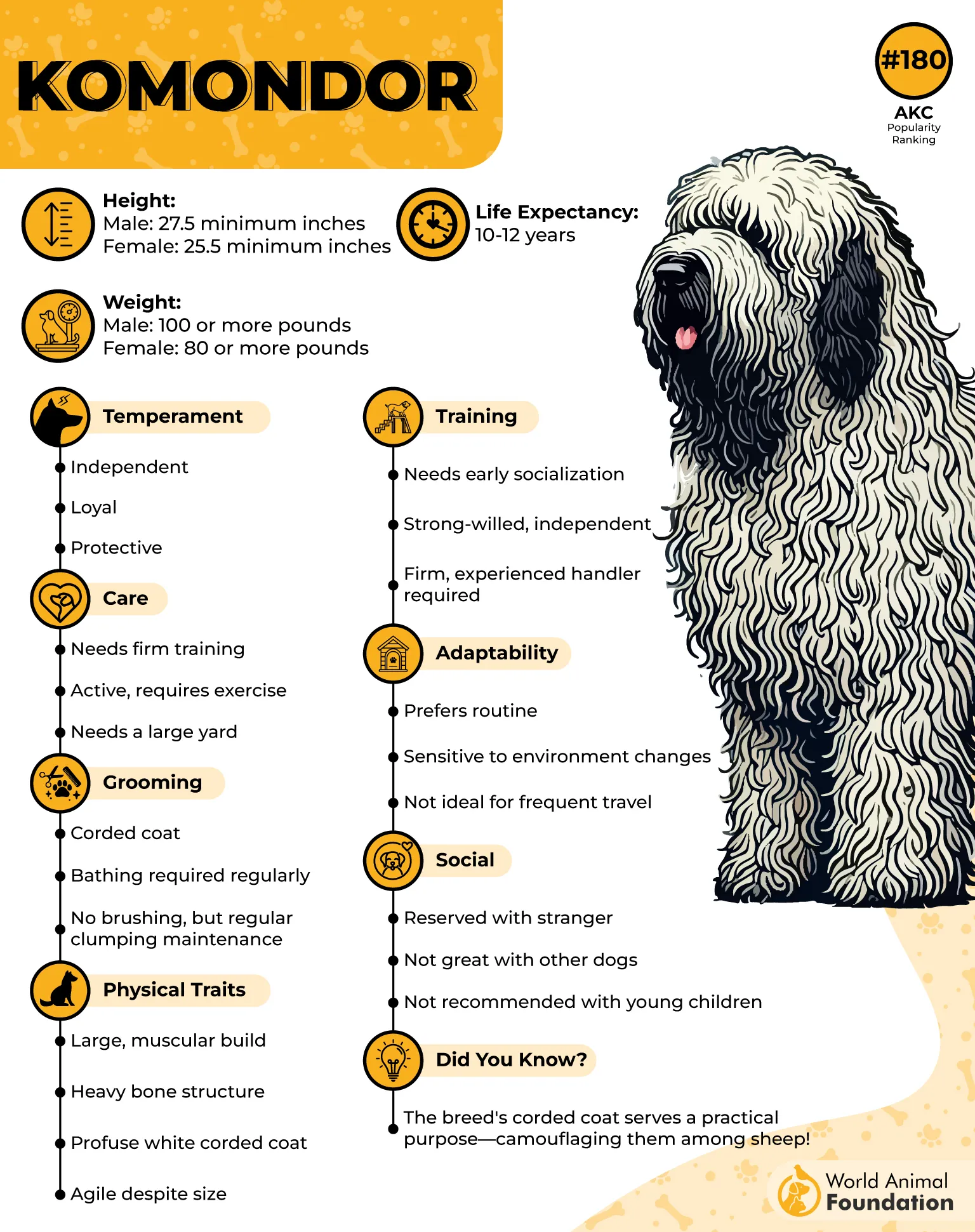
Socialization and coat care often go hand-in-hand with this breed. Why? Because Komondors can get territorial and standoffish if not exposed to different environments early on, and dirty cords don’t help their case. A clean, well-groomed Komondor not only looks majestic but also feels more confident and comfortable around people and pets alike, says Purina.
3. Maltese
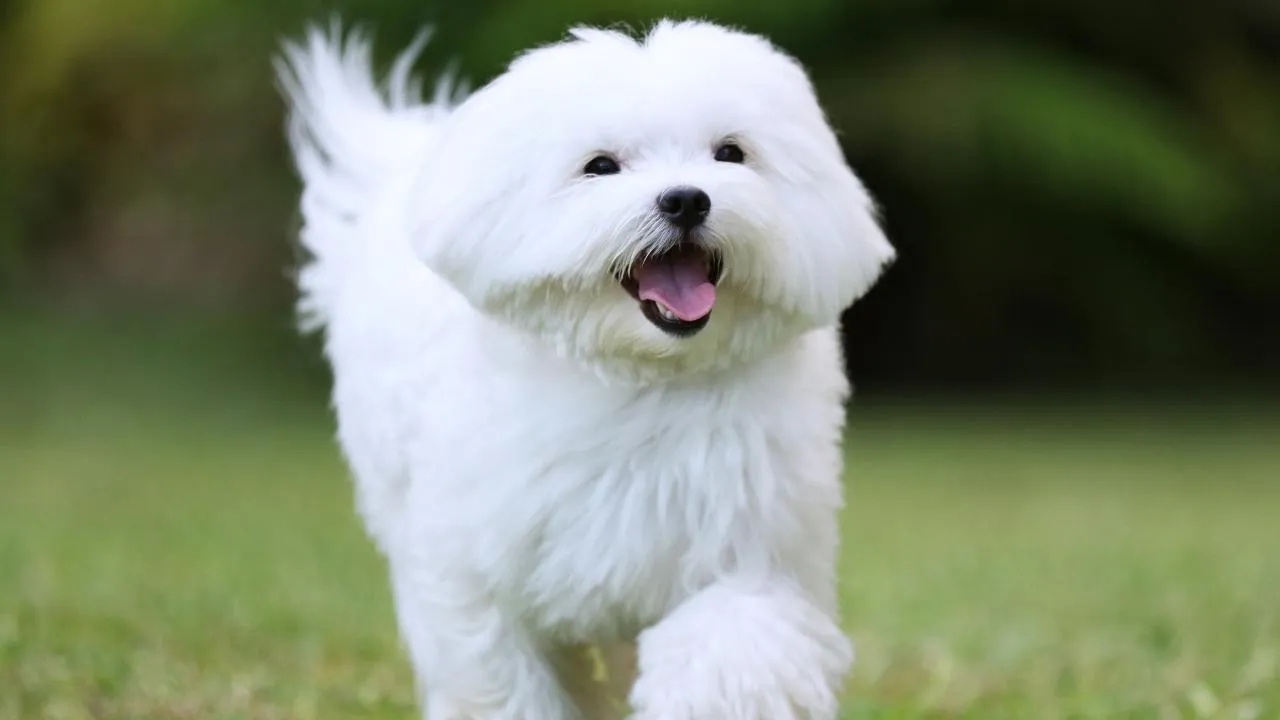
The Maltese might be small, but their grooming needs are anything but. That flowing, floor-length coat isn’t just for show—it demands daily care to keep tangles and mats at bay. Think you can skip a day? Not with this breed. Their hair is like silk and knots faster than a pair of earbuds in your pocket.
Tear staining is a real issue with this breed. Those big, expressive eyes may melt your heart, but the rusty-colored streaks under them? Not so cute. Daily face wipes and filtered water can help manage the stains, but they still need consistent care.
Their coat grows like human hair, says CKC. You’ll also need to check their feet for fur buildup, which can trap debris and cause skin irritation. And yep—those delicate paws need gentle handling, or they’ll turn into little divas during grooming time.
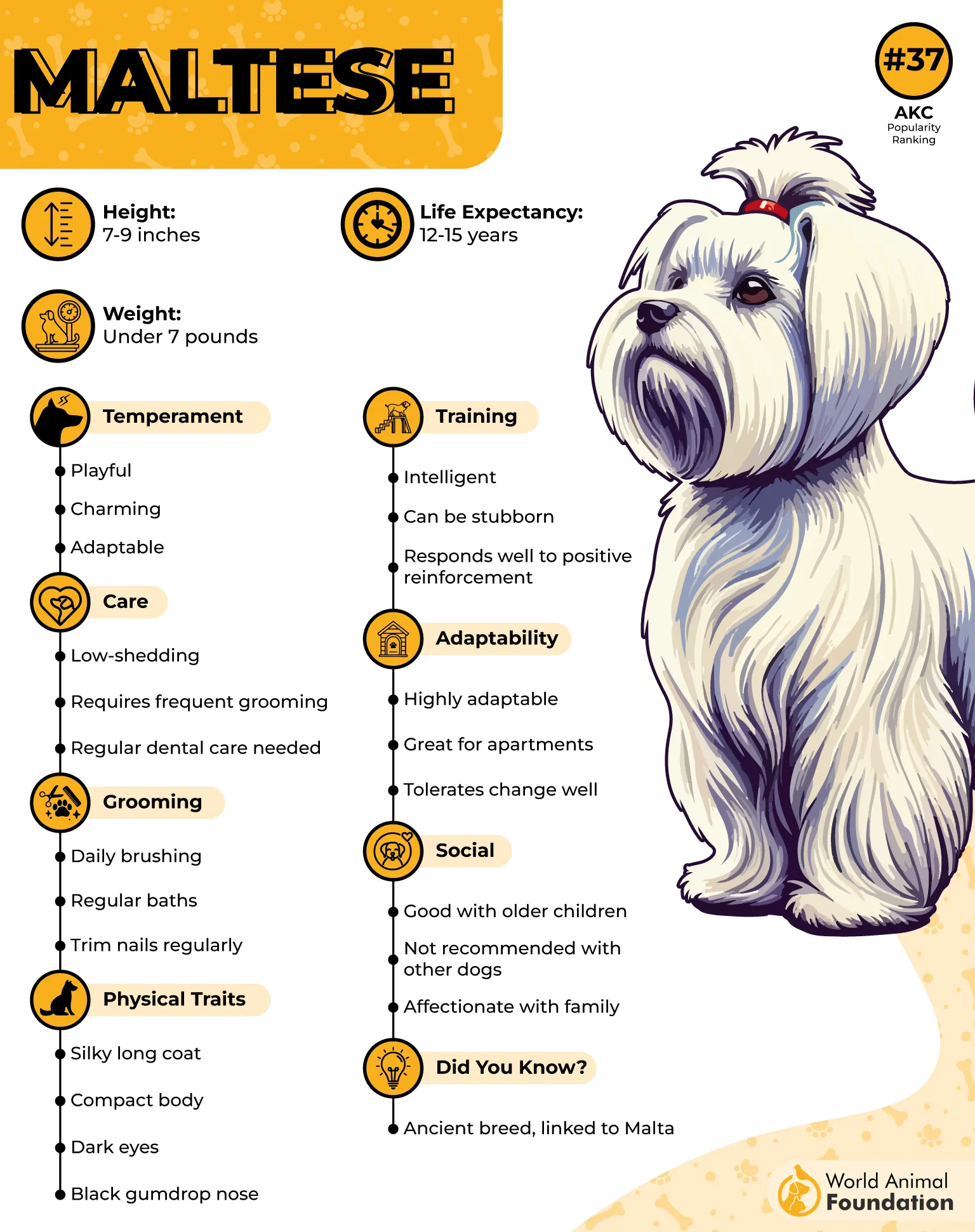
Sensitive skin is another issue to watch out for. Many Maltese react badly to strong shampoos or over-bathing. Stick to hypoallergenic, sulfate-free products, and make sure to condition—yes, conditioner for dogs is a thing, and with this breed, it’s non-negotiable.
Despite all the maintenance, grooming can actually be a bonding experience. Maltese dogs love attention, and many genuinely enjoy the brushing and pampering. Just be patient—some days they’ll sit like royalty, other days they’ll wiggle like a toddler with too much sugar.
Maltese coats don’t just require time—they need the right tools. A pin brush, metal comb, detangling spray, and blunt-tipped scissors are your best friends here. Ever tried using a cheap brush on a Maltese? Not only does it pull, but it can also break those delicate hairs and cause split ends.
4. Shetland Sheepdog
The Shetland Sheepdog is a powerhouse in a fluffy package. Known for their beautiful double coat, these dogs require frequent grooming, probably more than you’d expect from a dog of their size. With a dense undercoat and long, flowing outer fur, they can easily develop mats if you skip even a few grooming sessions.
Brushing your Sheltie is an investment in their health. Those fluffy coats need a good brushing at least three times a week to keep tangles from forming. And let’s not forget about their dense undercoat, which loves to shed. You’ll need to stay on top of it—otherwise, your home will quickly become a Sheltie hair zone.
Bathing isn’t as frequent as brushing, but it still requires attention. A Sheltie’s coat can become greasy if not washed every couple of months, especially since they love to run and roll around outside. Using the right shampoo is key—look for gentle, dog-friendly products that won’t strip their skin of natural oils.
Their fluffy mane might look majestic, but it’s a magnet for debris. Leaves, twigs, dirt, and even sticky burrs can hitch a ride in that thick fur. After each outdoor adventure, it’s a good idea to check their coat thoroughly to prevent anything from getting stuck. Their delicate paws need just as much care as their coats. Fur tends to grow between the toes and around the pads, which can trap dirt and moisture.
Omlet states that Shelties also have a reputation for being active, so grooming can actually double as a bonding activity. These dogs thrive on interaction, so if you can turn grooming into a fun, calming session, it’s a great way to build trust with your pup. A little patience goes a long way when dealing with their abundant fur.
5. Lhasa Apso
The Lhasa Apso is a true diva of the dog world, and their coat is part of the reason. This breed is known for its long, flowing hair that requires constant maintenance to keep it looking its best. If you’re considering one of these regal dogs, be prepared to spend some serious time brushing.
Brushing is a must—daily if you want to keep their silky coat free of tangles and mats and let them remain thick and fine, states Britannica. Lhasa Apsos have a dense double coat, so you’ll need to brush all the way down to the skin to avoid knots. Ever seen a Lhasa Apso with matted fur? Not pretty, and it can lead to skin irritation, so don’t skip on that brush time.
One grooming challenge with the Lhasa Apso is the hair around its face and eyes. The long fur can obstruct their vision and collect debris. Keeping their facial hair trimmed and free of grime is essential, not just for their comfort, but to avoid irritating their eyes.
Despite their luxurious coat, Lhasa Apsos aren’t heavy shedders, which is a plus for allergy sufferers as they are hypoallergenic dogs. However, their coat does require regular cleaning to avoid accumulating dirt and oils. This means wiping down their face and feet after outdoor walks is essential to keep their coat looking fresh.
Their coat also requires care in the warmer months. Lhasa Apsos are prone to overheating, and long, thick fur can trap too much heat. If you’re in a hot climate, consider clipping their coat short during the summer months to help them stay cool and comfortable.
6. Havanese
The Havanese is a lively, affectionate breed known for its silky coat that requires a good amount of maintenance. Their long, flowing hair might be stunning, but it’s also prone to tangles and mats if not brushed regularly. If you’re looking to adopt a Havanese, make sure you’re prepared to dedicate time to grooming.
While their hair is beautiful, it can get dirty quickly. A Havanese loves to explore and is a little adventurer, which means their coat can pick up dirt, leaves, and moisture. Bathing them every 4 to 6 weeks is ideal to keep them clean and their coat shiny, but be sure to use a gentle dog shampoo to avoid drying out their skin.
A unique grooming challenge with the Havanese is their undercoat. While not as thick as other breeds, their undercoat still sheds and can cause mats if left unchecked. Brushing the undercoat is just as important as brushing the outer coat, so be sure to brush thoroughly to reach all layers.
The ears of a Havanese also require special attention. Their floppy ears can trap moisture, dirt, and debris, especially after a walk or playtime in the rain. Be sure to check their ears regularly and keep them clean to avoid infections, which are common in breeds with floppy ears.
The good news? Havanese grooming doesn’t have to be a chore. Britannica states that these dogs are friendly, playful, and love the attention they get during grooming. Make the process enjoyable with positive reinforcement, and your Havanese will happily sit through each brushing session, eagerly awaiting the cuddles afterward.
7. Puli
The Puli is a one-of-a-kind breed, famous for its distinctive, corded coat that looks like it belongs in a sheepdog convention. While this breed’s unique appearance is eye-catching, maintaining those cords is no small task. Pulis require constant grooming to keep their coat from matting and to maintain their signature look.
Although it’s tempting to avoid grooming because of the labor involved, the Puli actually thrives on the process. AKC states that with their active, playful nature, grooming sessions can become bonding moments where your dog gets to relax and enjoy the extra attention. Treat them like a pro model at the spa, and they’ll soon start looking forward to their grooming time!
Another consideration is the Puli’s skin, which is protected by the dense coat but still needs care. With such a thick layer of hair, air circulation can be limited, making it essential to keep their skin clean and dry. After all, no one likes a sweaty, itchy dog, especially under all those cords!
If you’re the type to leave grooming to a professional, you’ll need to book regular appointments for cord separation, trimming, and maintenance. Many Puli owners choose to keep their dogs’ coats in a shorter, more manageable length, but that comes at the cost of losing some of the breed’s iconic look.
A fun part of owning a Puli is watching how they move once their cords are properly maintained. Their unique coat allows them to glide through water and rough terrain effortlessly, so much so that they were originally bred as herding dogs in Hungary. Their agility and strength are unmatched, but only when their cords are properly cared for!
Fun Fact: The Puli is an ancient Hungarian herding dog with an extraordinary ability to move quickly and efficiently. Historically, they were used to herd livestock through the harsh terrain of the Hungarian plains, making their corded coat not just a look but a tool for survival.
Conclusion
If you’ve got a thing for adorable appearance and flowing coats, you’re probably eyeing some of the most high-maintenance dog breeds out there. These frequent coat care dog breeds—with their curly coats, silky coats, or dense double coats—aren’t low effort. They require frequent grooming, daily brushing, and sometimes even frequent haircuts just to keep their coat healthy and their dog happy. Whether it’s a Cocker Spaniel, Yorkshire Terrier, or a fluffy Bichon Frise, each breed requires its own set of tools, like a metal comb, and a bit of patience to handle the loose hair, dead hair, and potential tangles.
Don’t forget that grooming isn’t just about looks—it’s about your dog’s skin and well-being too. Without consistent grooming, your pup could suffer from skin irritation, skin infections, and even overheating if they’ve got a thick double coat or dense undercoat. That’s why professional grooming, regular grooming sessions, ear cleaning, and nail trimming are musts. Breeds like the Siberian Husky and Portuguese Water Dog—despite loving cold temperatures—still need routine care to maintain their natural oils and avoid matting. Add in a little obedience training, and your grooming routine becomes way easier.
So what’s the takeaway for pet owners? If you love long-haired breeds, be ready for meticulous grooming, regular trims, and the occasional visit to a professional groomer. From preventing matting to brushing out that curly white coat, every minute you spend on frequent brushing is a step toward avoiding future health issues. Whether it’s a Shih Tzu, Cavalier King Charles Spaniel, or one of the fancy Poodle Poodles, these dogs thrive with proper grooming techniques, occasional baths, and a bit of love. Sure, it’s work—but for these affectionate dogs, every comb stroke is totally worth it.


